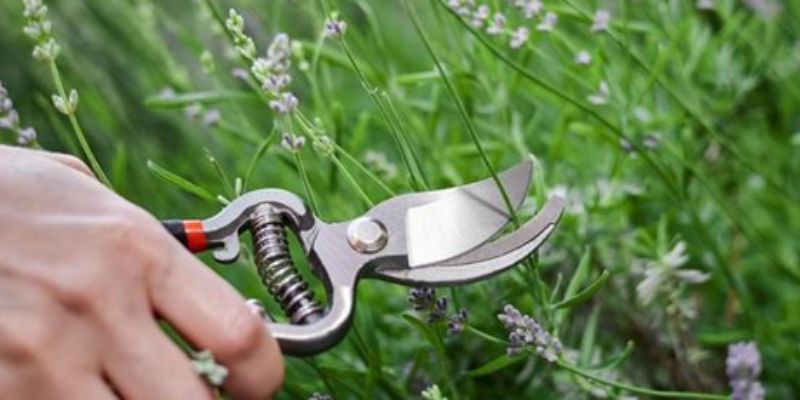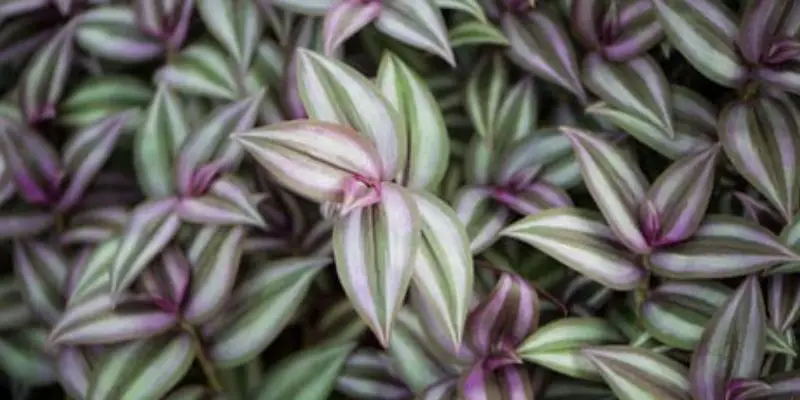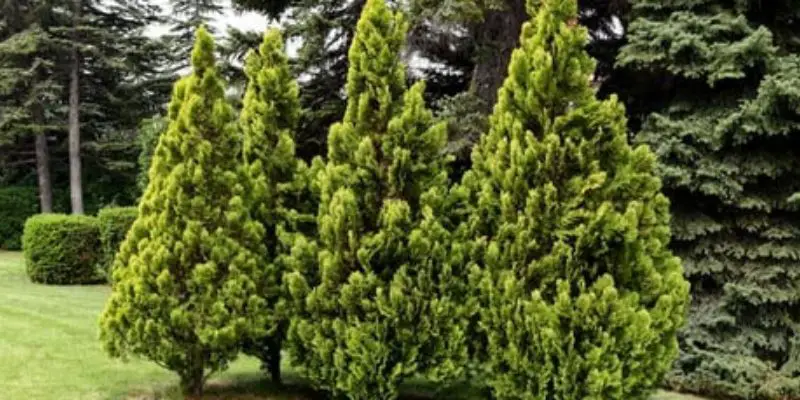With its beautiful flowers and fragrant scent, lavender is a wonderful addition to any garden. To keep lavender trees looking their best and producing abundantly, proper pruning is essential. In this comprehensive guide, we’ll discuss when and how to prune lavender trees to maintain their health, shape, and productivity.
Introduction
Pruning is an important part of caring for any plant, and lavender trees are no exception. Proper pruning encourages new growth, shapes the plant, and removes dead or damaged branches. Pruning a lavender tree correctly maximizes flowering and fragrance as well.
While lavender is relatively easy to grow, pruning it improperly can limit flowering. Overgrown, misshapen plants lose vigor over time. By learning proper technique and timing, you can keep your lavender tree looking spectacular with regular pruning. Let’s go over when, why, and how to effectively prune a lavender tree.
When to Prune Lavender Trees
The first key to success is understanding when to prune lavender trees:
- Prune lavender in spring just after the first flush of growth. This shapes the plant without removing many flowers.
- Avoid pruning just after winter dormancy, as this can damage cold-stressed branches.
- Do not prune lavender in fall. This can encourage tender new growth that is vulnerable going into winter.
- Deadhead spent flowers through the growing season to encourage re-blooming. But don’t cut back entire branches.
The optimal time is in spring after several inches of new growth have emerged. Pruning then shapes the plant while allowing some flowering in summer. Now let’s look at why regular pruning is so important for lavender tree health.
Why Prune Lavender Trees
Pruning lavender serves multiple purposes:
- Removes dead, damaged, or diseased wood.
- Shapes the plant and contains size.
- Allows better light penetration and air circulation.
- Encourages bushy, compact growth habit.
- Stimulates new growth and maximizes flower production.
- Rejuvenates older plants and extends lifespan.
Lavender is naturally shrubby with multiple stems. Pruning maintains its sculpted shape and prevents leggy, woody growth. A pruned lavender tree looks fuller, lives longer, and flowers more prolifically.
How to Prune Lavender Tree
Now let’s get into the specifics of how to properly prune a lavender tree:
Tools
- Bypass pruning shears for smaller stems
- Loppers for thicker branches
- Small hand pruner or scissors for detail work
- Clean all tools before and after with isopropyl alcohol
Safety Tips
- Wear gloves to protect hands from abrasions
- Use caution handling tools to avoid injury
- Disinfect tools to prevent spreading disease
Step 1 – Remove Dead or Damaged Growth
- Inspect plant and identify dead or damaged branches
- Cut off dead stems at the base of the plant
- Make clean cuts just above joints with live wood
Step 2 – Cut Back Major Branches
- Target thick, older branches near the base and interior
- Remove 1/3 to 1/2 of their height to control size
- Cut back to just above a leaf joint or outward facing bud
Step 3 – Shape Remaining Growth
- Focus on opening up interior to allow light and air
- Remove branches rubbing or crowding others
- Give the plant a rounded, uniform shape
Step 4 – Clean Up Flowers and Seed Pods
- Deadhead faded flowers by snipping them off
- Cut off dried seed pods to encourage more flowering
- Be selective and avoid removing too much
Step 5 – Rake and Dispose Debris
- Rake all clippings away from the base
- Dispose of pruned stems and dead leaves
- Keep area around plant clean
Follow these steps annually to maintain your lavender tree. Remove no more than 1/3 of growth in any season. Now let’s go over some frequently asked questions about lavender pruning.
Conclusion
Pruning is a must for maintaining attractive, productive lavender trees. Follow the tips in this guide to prune your lavender correctly in spring each year. Always prune strategically to open up interior branches and shape new growth. Remove 1/3 of branches at most to avoid over-cutting. With proper annual pruning, your lavender tree will thrive for years to come. The small effort required will keep it looking tidy and maximize its lavender flower display and wonderful, relaxing scent.
Also read:
Best Electric Hedge Shears – Top 6 Reviews and Buying Guide
Best Electric Bush Trimmers – Top 5 Reviews and Buying Guide
FAQs on How to Prune Lavender Trees
Here are answers to some common lavender pruning questions:
How often should I prune my lavender tree?
Prune annually in spring after the first flush of growth. Deadhead spent flowers as needed through the summer. But do only light pruning after mid-summer.
Can I prune lavender in the fall?
Avoid fall pruning which can encourage tender new growth before winter dormancy. Prune in spring or early summer only.
How much should I prune off my lavender tree?
As a general rule, do not remove more than 1/3 of the plant’s height each year. Never prune all the way to the woody base unless rejuvenating severely overgrown plants.
What should I do with clippings when pruning lavender?
Always rake up and remove clippings after pruning lavender trees. Debris left around the base can facilitate the spread of fungi and disease. Discard debris away from planting beds.
Can I prune my lavender into shapes or topiaries?
Yes! Lavender trees respond very well to artistic pruning. Trim and train them into ornamental shapes like cones, spirals, tiered layers, and more. Just maintain the health of the structure underneath.

Michael Glenn is a certified arborist and horticultural expert with over 15 years of experience in the landscape industry. His passion for plants and trees has led him to become a sought-after authority on pruning and trimming techniques. Glenn’s in-depth knowledge of proper pruning methods, timing, and tools has helped countless homeowners and professionals maintain healthy, aesthetically pleasing gardens and landscapes.
In addition to sharing his pruning expertise through practical tips, step-by-step guides, and expert advice, Glenn is also a respected author of pruning tool buying guides. His comprehensive reviews and comparisons ensure readers can make informed decisions when investing in quality loppers, pruning shears, saws, and other essential equipment. With a deep understanding of plant biology and sustainable practices, Glenn’s writing empowers audiences with the knowledge needed to properly care for green spaces.





